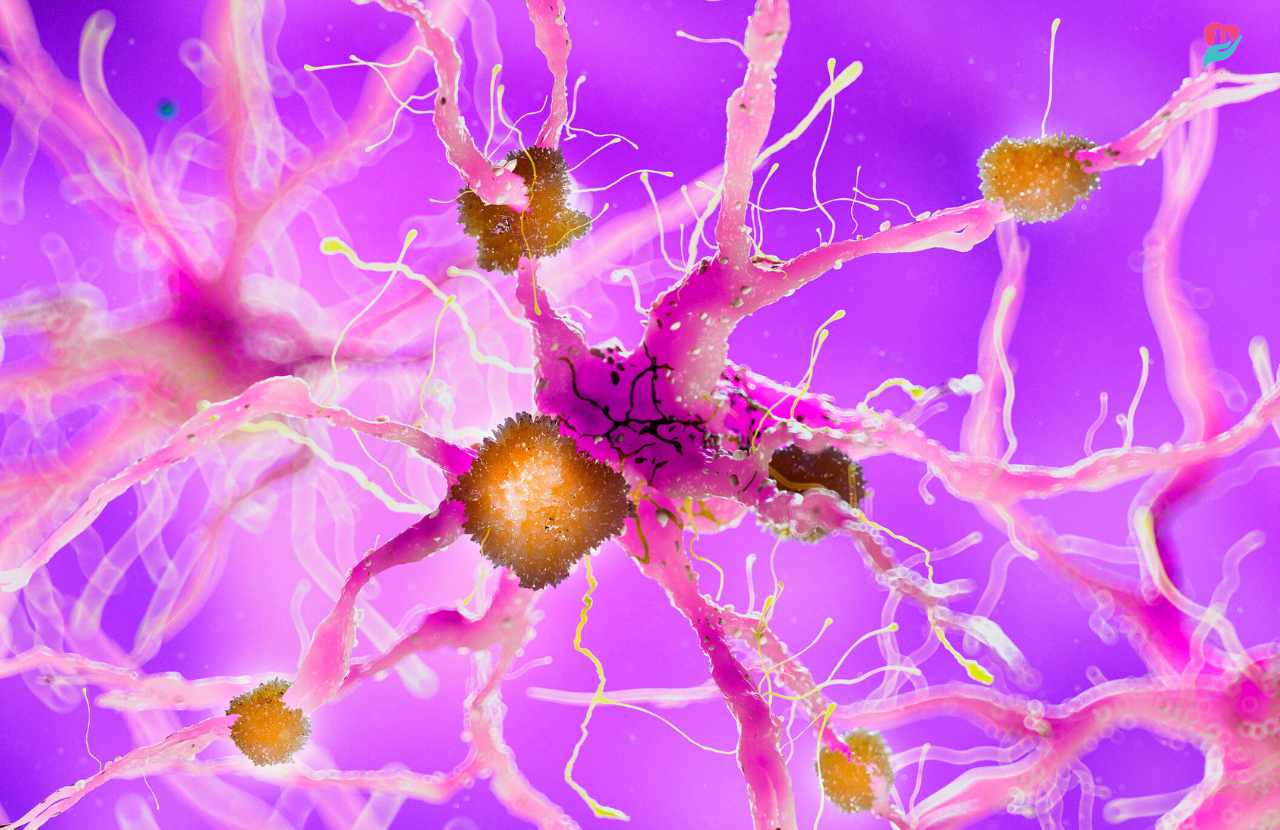Nerve damage may happen after toenail removal! Toenail removal, medically known as onychectomy or nail avulsion, is a common procedure to alleviate painful conditions such as ingrown toenails, fungal infections, or trauma. While this procedure is generally considered safe and effective, like any medical intervention, it does carry potential risks.
One significant concern that can arise after toenail removal is nerve damage. Nerves in the toes transmit sensations and motor signals, and any damage to these delicate structures can lead to persistent pain, numbness, or altered sensation.
In this article, we will explore the causes, symptoms, and potential treatments for nerve damage after toenail removal that may occur following toenail removal and ways to minimize the risk of such complications during the procedure.
Causes of Nerve Damage after Toenail Removal
If you are experiencing any medical concerns, it’s essential to consult with a qualified healthcare professional for a proper evaluation and diagnosis.
- Surgical Trauma: During the toenail removal procedure, there is a risk of accidental damage to nerves in the surrounding area. Nerves are delicate structures, and even with skilled surgical techniques, injury can occur.
- Compression or Entrapment: After the toenail removal, there might be pressure or compression on the nerves due to swelling, scar tissue formation, or improper wound healing. This pressure can cause nerve damage or irritation.
- Infection: Infection following toenail removal can lead to inflammation and swelling, which may cause compression of the nearby nerves and potentially lead to nerve damage.
- Scar Tissue Formation: As the surgical site heals, scar tissue may develop around the nerve, putting pressure on it and causing nerve dysfunction.
- Neuroma Formation: A neuroma (a thickened nerve tissue) can sometimes form at the injury site. This can result in pain, tingling, and numbness.
- Pre-existing Nerve Conditions: Individuals with pre-existing nerve conditions, such as peripheral neuropathy, may have a higher risk of nerve damage following toenail removal.
- Improper Wound Care: Failure to care for the wound properly after toenail removal could lead to infection, which, as mentioned earlier, may contribute to nerve damage.
- Repeated Trauma: If the area is subjected to additional trauma or pressure during the healing process, it may worsen nerve damage.
Symptoms of Nerve Damage after Toenail Removal
After toenail removal, nerve damage is a possible complication, although it is relatively rare. The severity and specific symptoms of nerve damage can vary depending on the extent of the injury. Some of the common symptoms of nerve damage after toenail removal may include:
- Numbness or tingling: You may experience a loss of sensation or a tingling sensation in the affected area. This occurs because damaged nerves can’t properly transmit signals to the brain.
- Pain or burning sensation: Nerve damage can cause chronic or intermittent pain, ranging from mild discomfort to a burning sensation.
- Hypersensitivity: The damaged nerves might become hypersensitive, causing even mild stimuli to feel overly painful or uncomfortable.
- Weakness: Muscle weakness may occur if the nerves responsible for controlling the toe or foot muscles are affected.
- Changes in skin color or temperature: The affected area might appear redder or paler than the surrounding skin and feel warmer or cooler.
- Reduced reflexes: If the nerve damage affects the reflexes, you may notice a decrease in certain reflex responses in the affected foot.
- Difficulty walking or balancing: Nerve damage can affect your ability to walk normally and maintain balance, especially if it leads to weakness or altered sensation in the foot.
Treatments for Nerve Damage after Toenail Removal
If you are experiencing nerve damage or any medical condition, seeking advice from a qualified healthcare professional for a proper evaluation and personalized treatment recommendations is crucial.
- Rest and Protection: After toenail removal, it is essential to rest the affected foot and protect it from further injury. Avoid putting excess pressure on the area and avoid activities that could worsen the nerve damage.
- Pain Management: Over-the-counter pain relievers, such as acetaminophen or ibuprofen, may be recommended to manage pain and inflammation associated with nerve damage.
- Topical Treatments: Some topical creams or ointments may help alleviate pain and reduce inflammation in the affected area.
- Nerve Blocks: In cases of severe nerve pain, a healthcare professional may administer nerve blocks. Nerve blocks involve injecting an anaesthetic or anti-inflammatory medication near the affected nerve to provide temporary relief.
- Physical Therapy: A physical therapist can design exercises and therapies to help improve muscle strength, flexibility, and overall function in the affected foot. Physical therapy can also target nerve mobility and desensitization techniques.
- Nerve Stimulation: In some cases, electrical nerve stimulation therapies, such as transcutaneous electrical nerve stimulation (TENS), may be used to provide pain relief and promote nerve healing.
- Medications: Depending on the severity of the nerve damage and the type of pain experienced, your healthcare provider might prescribe specific medications such as antidepressants, anticonvulsants, or other nerve-pain medications.
- Surgical Interventions: In severe cases of nerve damage or if the nerve is entrapped, surgical interventions may be considered to release pressure on the nerve or repair damaged nerve tissue.
- Alternative Therapies: Some individuals find relief from nerve damage through alternative treatments like acupuncture or chiropractic care. However, these therapies should only be pursued under the guidance of a qualified practitioner.
FAQs
How long after toenail removal can I wear shoes?
To protect the healing toe, you can typically start wearing loose-fitting sandals or open-toed shoes a few days after toenail removal. However, it may take one to two weeks to comfortably wear wider shoes that provide enough room for the healing toe without causing pressure or discomfort. Full recovery can take several weeks to months, so following your doctor’s guidance and avoiding tight or narrow shoes until the toe has completely healed to prevent complications is crucial.

